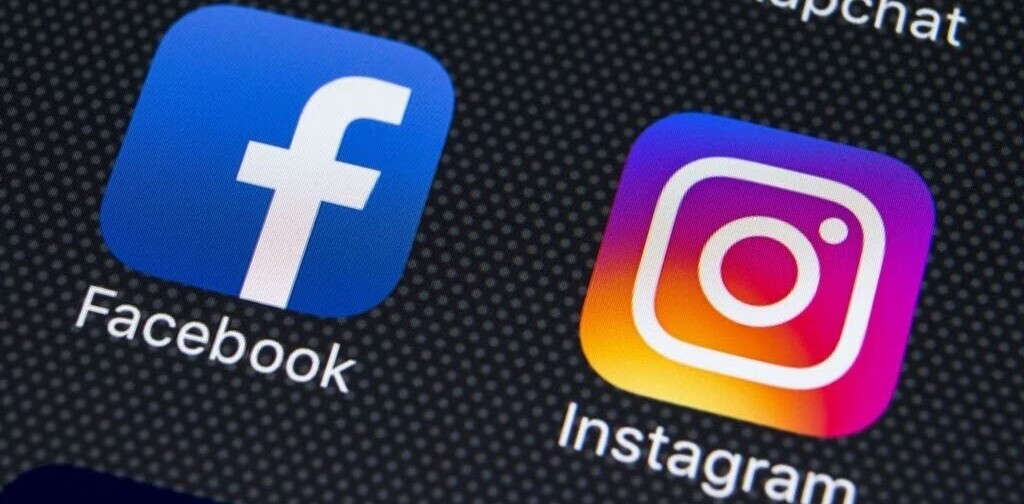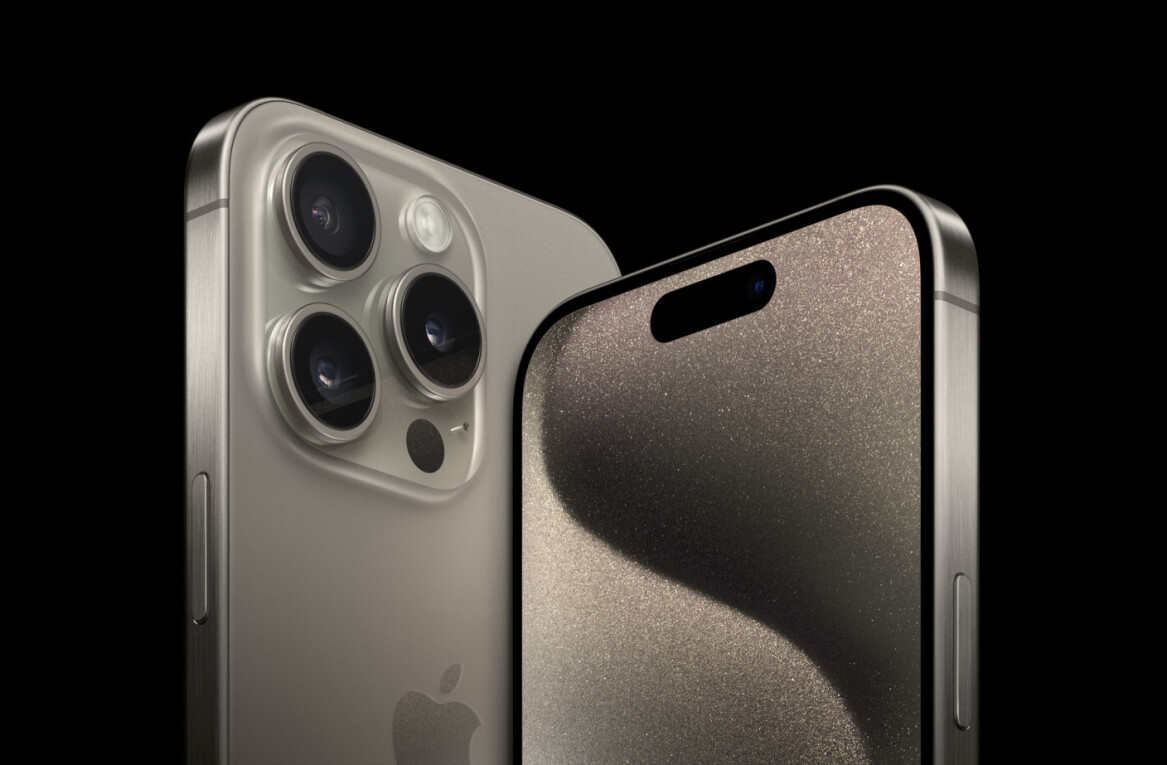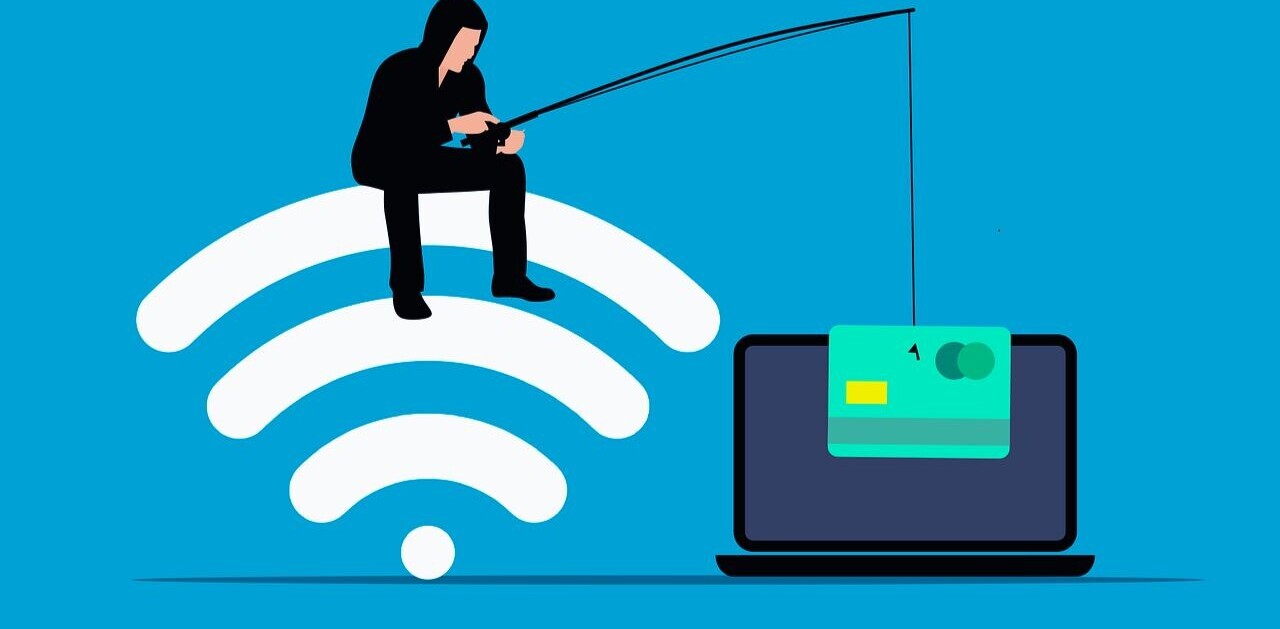
Late last night, Apple released a new iPhone ad. It’s pretty great and a lot of people have taken to the interwebs to say so. But, as usual with the marketing stuff that Apple puts out, there’s a bit more going on here. Specifically, I think that the ad says an interesting thing about the way that Apple views the iPhone as a platform.
There’s been a lot of chatter lately about how Apple will ‘react’ to other companies like Google or Facebook subverting Apple’s platform to their own ends. “Oh man,” some cry, “Facebook and Google totally snuck one in on Apple by launching a bunch of apps on iOS!”
To illustrate, think about how many apps from Google that are now available on your iPhone. Videos, browser, social networks, email, maps, more. It’s like a whole operating system’s worth of stock apps made by Google on iOS, right? Apple loses, what suckers!
Not quite. And saying so displays a willful disregard for how Apple’s model differs from, say Google’s.
But first, lets watch the ad.
http://www.youtube.com/watch?v=NoVW62mwSQQ
There’s plenty to love about the direction here. It’s poignant and tasteful, well lit and beautifully shot. The arc of the spot follows the arc of a day from early morning light through mid day and into night. It shows the acts of capture, editing and viewing, not just ‘the snap’. The panoramic feature of iOS 6 is subtly but cleverly highlighted. The lack of overt pitching throughout the piece makes the statistic at the end (which is accurate, and insane) all the more powerful. (I also loved the rapid shooting at the end, something which every casual shooter does to ‘get’ a moment.)
But one of the most interesting details to me wasn’t how well it was executed, though that’s refreshing after the last few standard or sub-standard efforts in the ad department from Apple. But did you notice how openly Apple highlighted a particular app in the ad? The app? Instagram.
Of the couple dozen times we see people take pictures with an app, Instagram accounts for three. As far as I can tell, it’s the only other camera app shown in the ad, but the symbolism is powerful. Instagram is an app owned by Facebook, a company that has a bunch of apps that replicate stock iPhone apps and just launched Home on Android.
But Instagram is also something else: it’s an app that people use — a lot. In fact, it’s an app that’s so popular some people probably even buy a phone to use it. That’s why Facebook pre-installed it on the HTC First. So, Apple featured it in the ad.
This kind of casual integration and acknowledgement of the way that people really use their devices indicates that Apple isn’t afraid of something I like to call ‘platform sublimation’. Sublimation is the process of a substance going from solid to gas, without stopping at liquid in between.
This is the way that people use their iPhones more and more, especially in our current app-centric culture. The iPhone isn’t experienced as an ‘in-between’ state by most users. It’s not a ‘bucket of apps’. Instead it’s a thing that they use to communicate using the Internet (one of Jobs’ three original iPhone pillars) and then it’s an app. A single app. Whatever they’re using at the moment. And Apple doesn’t need people to spend a particular amount of time on the home screen to be successful.
It’s a Facebook. It’s a YouTube. It’s an Instagram.
That’s the way that the iPhone was designed, as an Information Appliance that transformed itself into whatever device that a user needed. That’s (one reason) why Apple’s multitasking drawer works the way it does as well: it doesn’t break the paradigm like a ‘carousel’ type app switcher would.
When it comes to Facebook Home, which is offered up as an example for how Google’s platform got subverted by a rival, you’re talking about two companies which completely depend on the eyeballs of users landing on their advertising. It’s not about the hardware, it’s not really even about the software, beyond how well it facilitates usage of their respective services. It’s about a conduit for eyeballs, and they’re fighting tooth and nail.
Whatever Tim Cook might say, and whatever the thickening of Apple’s third stool-leg of software revenue displays, it still makes the expansively vast majority of its money on hardware. And when it makes decisions, it makes them based on a simple question: will this sell more iPhones? iPads? Macs? iPods?
Instagram is great. It’s a focused social network that’s awesome for sharing photos, and people with iPhones love it. Apple knows this and it doesn’t care matter how many apps Facebook or Google launches on the iPhone, because people still need an iPhone to use them. So it uses that knowledge to do something it does care about.
Sell more iPhones.
Image Credit: Paula Bronstein/Getty Images
Get the TNW newsletter
Get the most important tech news in your inbox each week.





